During the Famine, the work of coroners could expose the failures of government. With their stories of death by starvation and exposure, the casebooks of Monaghan coroner William Charles Waddell do just that, as Michelle McGoff-McCann explains
Coroners served an important function during the Great Famine. The coroner held a conspicuous position in local government and one that was open to public scrutiny during a humanitarian crisis like the Famine. Inquests were sites of conflict, and opinions varied as to their value in a time of great distress. In many cases, the work of the coroner exposed the failure of government legislation, restrictive local relief policies and mismanagement, and abuses of power and authority by local elites resulting in the deaths of the starving poor.
The inquests described in detail in the casebook of William Charles Waddell, north district coroner for County Monaghan, record verdicts of death from 'starvation', ‘want of food’ and ‘want of the common necessaries of life’.
Who was William Charles Waddell?
Waddell (1798-1878) was a descendant of Scottish Presbyterian planters. He worked as a land agent, merchant, landlord, farmer, elected Poor Law Guardian, and served as a local representative on multiple committees which bolstered his position in County Monaghan society. He was also representative of other Presbyterians who had moved away from the radical and liberal politics of previous generations, and now aligned themselves with more conservative local Protestant interests.
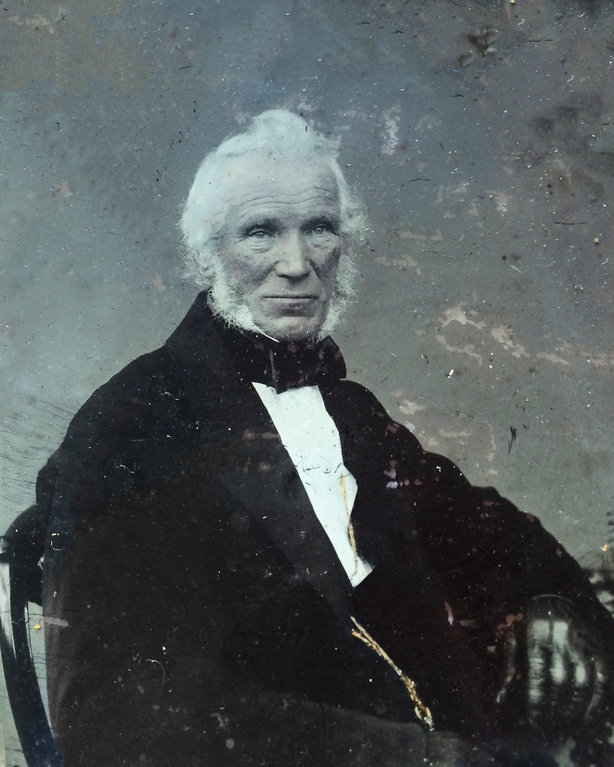
Combined with his social status, Waddell’s political commitment was considered a contributing factor in his securing the role of coroner in April 1846. The coroner had responsibilities for being essentially an independent judge, and the nature of the work put him at risk of social exclusion should an inquest verdict conflict with the politics of the local elite.
Assigned to districts
In July 1846, the Coroners’ (Ireland) Act was passed, and geographical districts were established with coroners assigned to each district. The coroner was focused primarily on identifying the causes and authorship of sudden, violent, or otherwise unnatural deaths. Once informed of a death by the constabulary (sometimes other local officials), the coroner was then required by law to attend. His first duty was to conduct an inquiry to see if there was enough cause to hold an inquest.
If he decided to move forward, summonses were sent to persons required to attend, including medical practitioners, witnesses and jurors. Inquest proceedings were open to the public and often held in the home where the body was laid, local public houses and institutions, and sometimes the local courthouse. Witnesses were interviewed, both those familiar with the circumstances surrounding the death, and medical witnesses, who were local doctors.
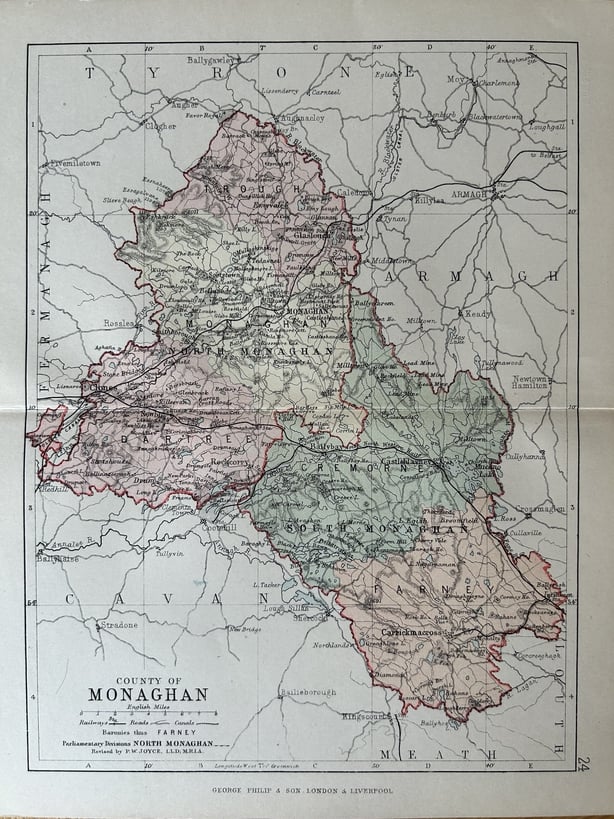
The purpose of the inquest was to support the identification of suspects in cases of murder, but when verdicts of death due to starvation began to emerge, responsibility for their deaths pointed to government legislation and local mismanagement of the crisis. Waddell’s inquests reflect regional variations that help define the effects of the Famine in Co. Monaghan during those challenging years.
Exposing injustice
Although the Famine provided unprecedented challenges for government and local authorities, the evidence from the inquests reveals the unnecessary, preventable deaths of the poorest in society. They highlight the flawed nature of government policies and ideology as applied to the poor (for example, blaming the poor for their poverty) and expose how the Poor Law failed to support those who it was meant to protect and keep alive.
Some of the trends that emerged included (but are not limited to) delays by local relief committees in availing of grants and loans to offer employment; changes in legislation that reduced the chances of survival for the starving; the refusal of local elites to offer any outdoor relief; the reluctance to offer charity to beggars; the evictions of cottiers; and the restrictive distribution of relief to the ‘qualified’ poor– all of which resulted in the numerous deaths documented in the pages of Waddell’s casebook.
A few sample inquests reveal the behaviours of local relief officers. In April 1847, witnesses stated that the deceased, a 72-year-old James Dawson, was walking 6.5 miles from his home to Rockcorry hoping to secure a ration of Indian meal:
'…[Witness] He saw the deceased lying on his back with his head up the hill in a field, going nearer saw that his mouth and eyes were open, with a rind of frost on him, but to all appearance dead. He had a small quantity of meal with him which he had received from the relief fund…'
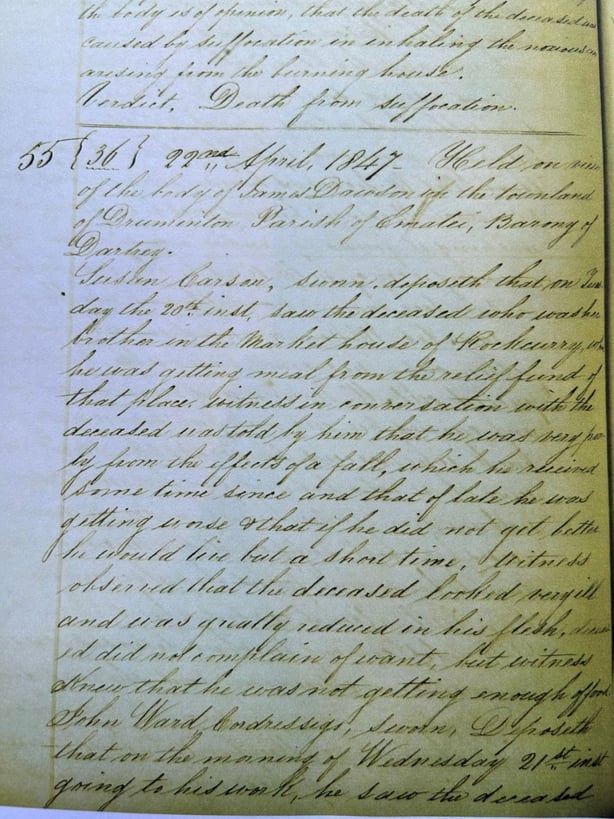
The image above shows the notes on the inquest of James Dawson, who died of starvation resulting from deficiencies in the provision of outdoor relief. Dawson's sister, Susan Carson, told the coroner and jury that 'the deceased looked very ill and was greatly reduced in his flesh' and although he 'did not complain of want she knew that he was not getting enough of food.’ Medical witness Dr Richard Finley examined the body, stating that ‘the stomach appears to be very empty from appearances about the mouth considers he had experienced much hunger and considers death of deceased caused by want of necessary food taken in connexion [sic] with his having been exposed to the cold of the frosty night in the open air and lying on the cold ground; deceased having been a man of upwards of seventy-two years of age. Verdict. Death from want and exposure to cold’. (Source: Casebook 1, no. 36.55, James Dawson, 22 April 1847)
The verdict was death from want and exposure to the cold. Witnesses also stated that Dawson was regularly seen making the journey, that he was sometimes denied relief, and when it was given, it was not enough to sustain life. Accounts of women travelling long distances at great hardship to find food to feed their hungry are also found in Waddell’s casebook.
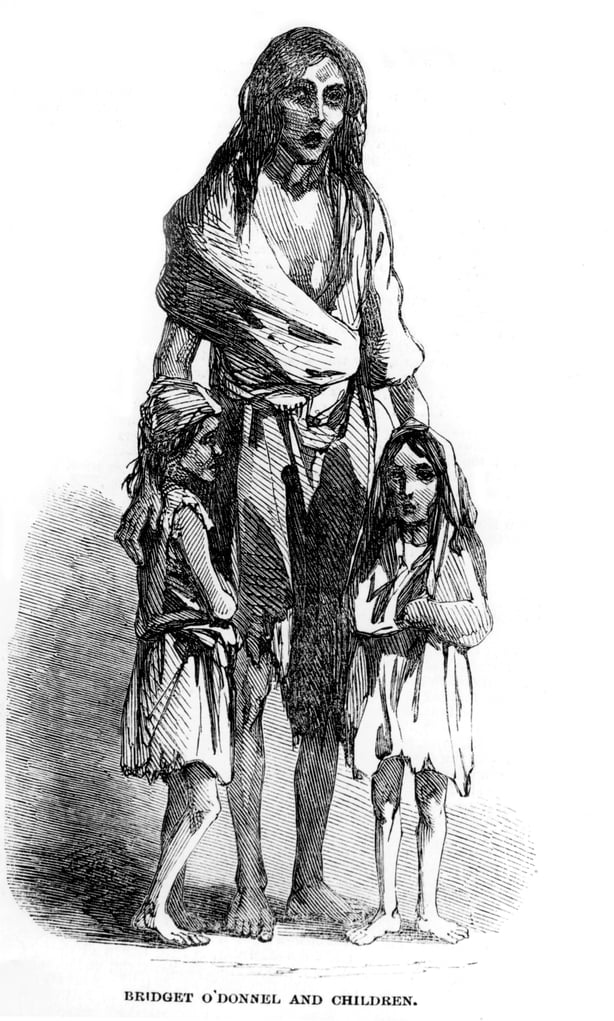
Going home to die
Institutions such as workhouses struggled to cope with the spiralling crisis and the surging poverty, hunger, and disease in their midst. Inquests revealed a new phenomenon whereby inmates of workhouses left to return to their townlands within a few hours or days of starvation.
An inquest taken by Waddell in December 1848, told the sad story of Alice Connolly who was found dead, lying in a field on her hands and knees with her face on the ground. Witnesses had 'known her for years' stating that she ‘was a pauper and for some time past, had been an inmate of Clones Poorhouse’. She had only recently returned to the neighbourhood and although they provided her with food and shelter, she died just a few days after her arrival. Connolly’s inquest, along with others, highlight the conditions within the workhouse, the desire of some inmates to leave and the grim result of their decision.
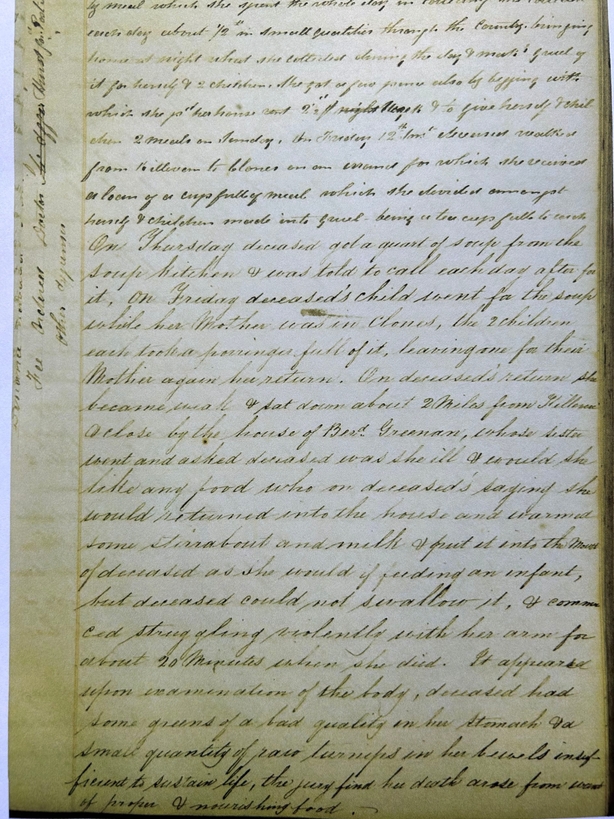
The sad plight of Mary Ann McDermott and the circumstances of her death are recorded in the pages of Waddell's casebook (see the above image). McDermott 'had lived for the last four months (in the village of Killeevan) by begging but refused to go into the poorhouse and charged her (two) children never to do so'. Her efforts to secure food for both herself and her children meant walking long distances in a weakened state. The lack of proper sustenance eventually told: 'It appeared on examination of the body, deceased had some greens of a bad quality in her stomach and a small quantity of raw turnips in her bowels insufficient to sustain life. The Jury found that the death arose from want of proper and nourishing food. (Source: Casebook 1, no. 21.40, Mary Ann McDermott, 13 March 1847)
Even though Waddell’s inquests provide an important body of evidence in relation to Famine deaths, they were only infrequently published. Although newspapers in counties such as Mayo, Galway, Dublin, and King’s County often published deaths by starvation that exposed the crisis locally, the conservative Northern Standard did not. This suggests perhaps a consensus amongst a local elite, including government officials and agents like Waddell, not to publicise findings that were in effect an indictment of relief measures introduced to ameliorate local distress.
Unique sources
The survival of Waddell’s casebook presents opportunities to approach the Famine through a new source. Examining the inquests in sequence and aligning them with other primary source materials provides a more accurate and substantial view as to how and why such deaths occurred as the crisis unfolded. The Famine casebook (CB1 1846-55) along with Waddell’s two other casebooks (CB2 1856-76 and CB3 1876-77) are a unique set of records. There is no evidence that any other similar coroners’ casebooks survived the nineteenth century. The transcribed volume(s) of Waddell’s casebooks will be published by the Irish Manuscripts Commission.
This piece is part of the Great Irish Famine project coordinated by UCC and based on the Atlas of the Great Irish Famine. Its contents do not represent or reflect the views of RTÉ.












































